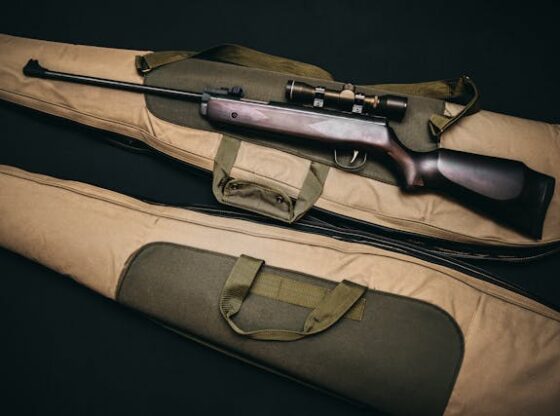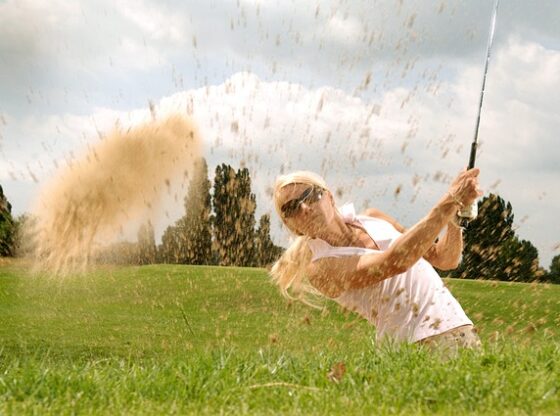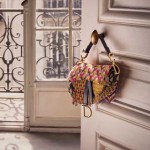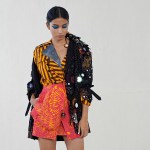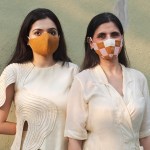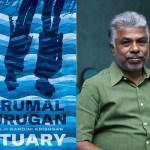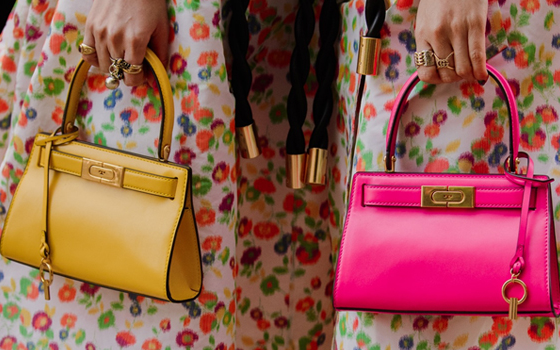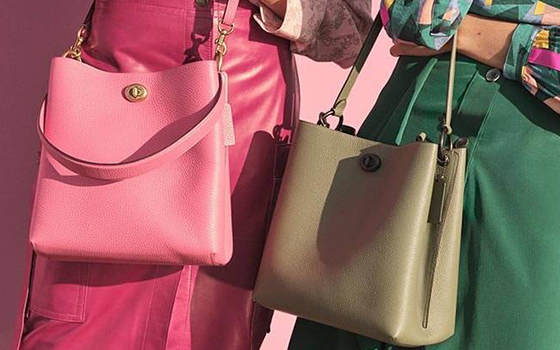Verve People
Buland Shukla is a sound guy, a sound specialist, if you will, dabbling in acoustics and design and that most ordered sound of all: music.
The 32-year-old lives in Dona Paula, Goa, with his dog Django. By profession, he is an architect, with a focus on architecture acoustics, and he specialises in the use of natural materials.
But it’s what he does off the job that makes his a life less ordinary.
Shukla creates audio equipment in his analogue store, Audiophile Goa; owns For the Record, a vinyl bar (and cocktail maker at said bar); and is a gypsy jazz guitarist and member of The Banjara Quartet as well as a fermentation hobbyist selling sourdough and kombucha. These days, he is perfecting a recipe for 100 per cent whole grain flour. “I’m an atheist and do not believe in reincarnation. This is my one opportunity at life, and I won’t waste it – critical thinking is important to really live,” he says.
The store, the bar and his woodworking workshop are all located in a complex in Panjim called Juke Box, which Shukla works out of. In accordance with someone who has a hand in many pots, his day is scheduled to the minute. It begins at 7 am and starts with baking and prepping bread, followed by site visits. The store is open only in the mornings, and due to the slowdown in customers, he has time to work on his equipment or cocktail recipes. His afternoons are spent at home with Django, working on the flour and bread, and he dedicates the evenings to the vinyl bar. “Thankfully, Goa allows for all these things to work simultaneously,” he says. “It allows you to branch out and try and use your time to the max.”
In excerpts from a conversation, he talks about his journey and the importance of staying curious.
As an architect, you specialise in restorative acoustics. What drew you to this aspect of architecture?
In school in Ahmedabad, I developed an appreciation for handicrafts and working with my hands. In architecture college, we studied vernacular spaces of sound: old Indian worship or performance spaces. We toured such places in Kerala, chanting rooms in Assam, Buddhist monasteries, and churches in Goa.
When people restore a space, they don’t realise that changing the material affects many other things, including the acoustics and the way sound reverberates, etc. I saw this in a bad way in the Buddhist monasteries in Arunachal Pradesh, where restoration had massacred the character of the place. It introduced me to restorative acoustics: the notion that acoustics can be measured and used to improve a place.
My guide at the time was from Goa and was involved in a few restoration projects. So I was naturally drawn to it.
What influenced your decision to move to Goa?
In my first year of college, I would visit Goa to work for an architect here. It became my home away from home. In 2011, when I graduated, Goa was the obvious choice. But I didn’t see it as a tourist destination. I didn’t go to the beach or attend parties. I kept busy with work, interacting with locals, and trying to understand the culture. It was a place with a bunch of cool people open to my ideas.
My research guide, Dr Fr. Allan Tavares [PhD in physics], was here. Between us, we covered the science and the aesthetics of sound. We worked together, writing academic papers, presenting them at conferences and providing information to real-time practitioners.
You guide people who do restorative work. Are these the real-world applications of those academic papers?
Every element you use in architecture has a way it interacts with sound waves. If you can put empirical values and understand how it reacts, you can use it to your advantage. I learned this from doing an acoustical analysis of the Buddhist prayer hall at Bomdila, Arunachal Pradesh. The architecture of the structure – namely the wooden paneling on the ceiling – played an important role.
I started delving into the concept of using natural architectural material in acoustics. In our restorative work, we started combining science with the natural skill of local craftsmen. We developed panels that are not only decorative but also made of diffusive materials that actively participate in the acoustics of the space. Slowly, we started to change the way acoustics are perceived.
We’ve done some tremendous projects, from studios and assembly halls to lime restoration work at the Penha de Franca church.
Sound has been an important aspect of your life. How did that translate into music?
I started learning music at 15. One month of classes and my parents stopped it and locked up my guitar. I would sneak out and practice in the middle of the night. In college, I started playing with other musicians, mostly heavy metal. By then, there was too much electronic intervention, and I didn’t like it. My focus shifted to acoustics.
It was during this time that I was introduced to gypsy jazz. It is a challenging genre to play, but at the back of my mind, I knew I wanted to learn.
About a decade back, I was in Bangkok to present a paper. There, I chanced upon a bunch of Americans playing gypsy jazz. It turned out, the guy jamming [Emmet Mahoney] played for the guitarist John Jorgenson [pioneer of American gypsy jazz]. He promised to send me some DVDs so I could learn. I spent the evening listening to them play. The whole experience was overwhelming. Before coming back to Goa, I went to Ahmedabad. It so happened that four years earlier, I had noticed a weird-looking instrument in a guitar shop. On my return there, I realised that it was a proper gypsy jazz guitar. I bought it. I came to Goa and a parcel of DVDs was waiting for me. I started playing this style and never changed.
Is your love for music what drew you to starting Audiophile Goa?
As a musician, there’s nothing that beats the feeling of watching something live as compared to listening to a recording. Beyond academics, I wouldn’t sit down and listen to music because the thrill had gone.
As an acoustic consultant, I work with audio brands. At one such gig, I was exposed to this vinyl record in a modern context. It was mesmerising. This is how music should be heard…true to form. I set up an analogue store dealing with turntables, amps, speakers and other tools that aid the listening experience. Soon, I was designing machines, speakers, and turntables – with analogue circuitry, vacuum tubes instead of transistors, and a circuit to amplify sound. To make it available to others, I started weekly listening sessions.
You took this one step further and started your own vinyl bar. What was the inspiration behind it?
It was a visit to Tokyo that introduced me to vinyl bars – these small record stores function as a bar where the owner shares his record collection. You are part of his life for the hours you spend there. It was immersive and very intimate. It struck me that this was the model that people needed to listen to vinyl.
For the Record Vinyl Bar launched in January. The idea was to make people a part of the experience…take a step into my life and listen to the music I love. It’s a small space. I’ve created a line of feni cocktails to make the spirit approachable to people who find it offensive. We use only Indian craft spirits here.
Your love for creating things using your hands has now spread to food. Tell us about Ferment Station.
I have a really frugal lifestyle. When the lockdown hit, I was living in a one-room house and rarely cooked. I had no food. I moved to my store. The caretaker had enough rice for a week, and the three of us survived on one meal a day – rice and dal.
When the markets opened up, I had access to more things. I always believed that making bread is a skill every man should know. It felt like an opportune time to learn how to make it since it’s a long process and I had the time. I started fermenting products to make them last longer. The idea was to have food that is nutritious and can help you sustain yourself.
It’s all trial and error, and with information gleaned from books on fermentation. I wanted to develop a whole range of cultures and probiotic products.
The first 30-40 sourdough loaves were made with atta, on a gas, and they were terrible. I ordered an oven, and the loaves still turned out horrible. The problem was the flour, so I decided to tweak it. There was time for research, and I started studying ancient bread cultures and grains and talking to scientists and researchers. My reasoning was that if I knew what’s needed to make good bread, I could concoct my own flour, making sure all those ingredients are in it. By then, I had developed a lot of cultures: fermented hot sauces, ginger ale and kombucha. I started making it for myself and friends and soon began taking orders.
Kombucha has taken a backseat because I haven’t had the time. Kombucha is like a cat; you have it, you feed it and forget about it. It will do its own thing. The other cultures are like needy puppies.
I am still working on perfecting the flour. If I am not happy with the standard of something, I will keep working on it.
You dabble in a lot of things. What drives you?
There is this classical notion that because you’ve studied something, you should only focus on doing that. I don’t subscribe to it. Why should I just do one thing throughout my life? I have a mind and hands capable of doing other things. I have a frugal lifestyle, and so I spend my time and money on developing my interests.
I like to keep busy making new cocktails almost every week, new circuits or construction tech. The moment you stop being curious is the moment you fail as a human being. The idea of curiosity and creation is what sustains me. I dread having nothing to do. Luckily, there are enough things in the world I can dip into.




